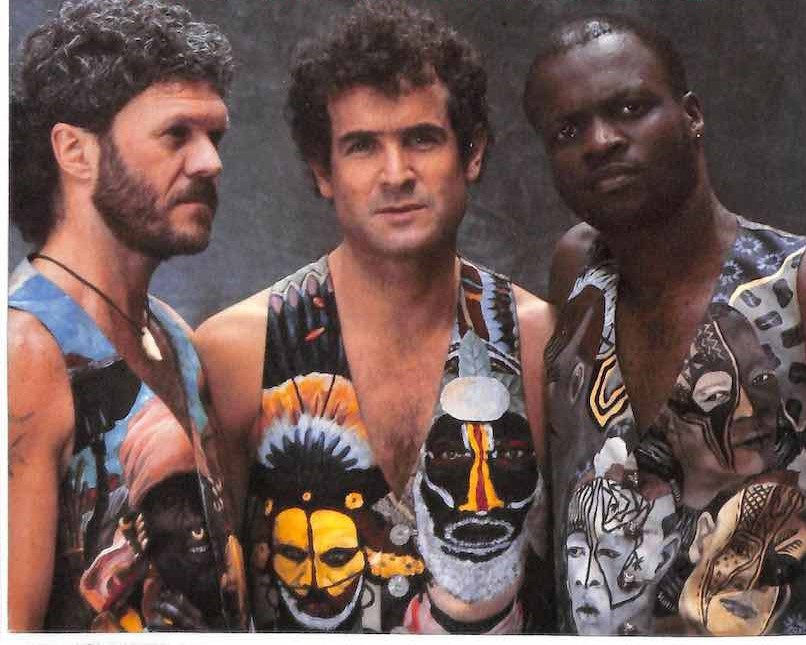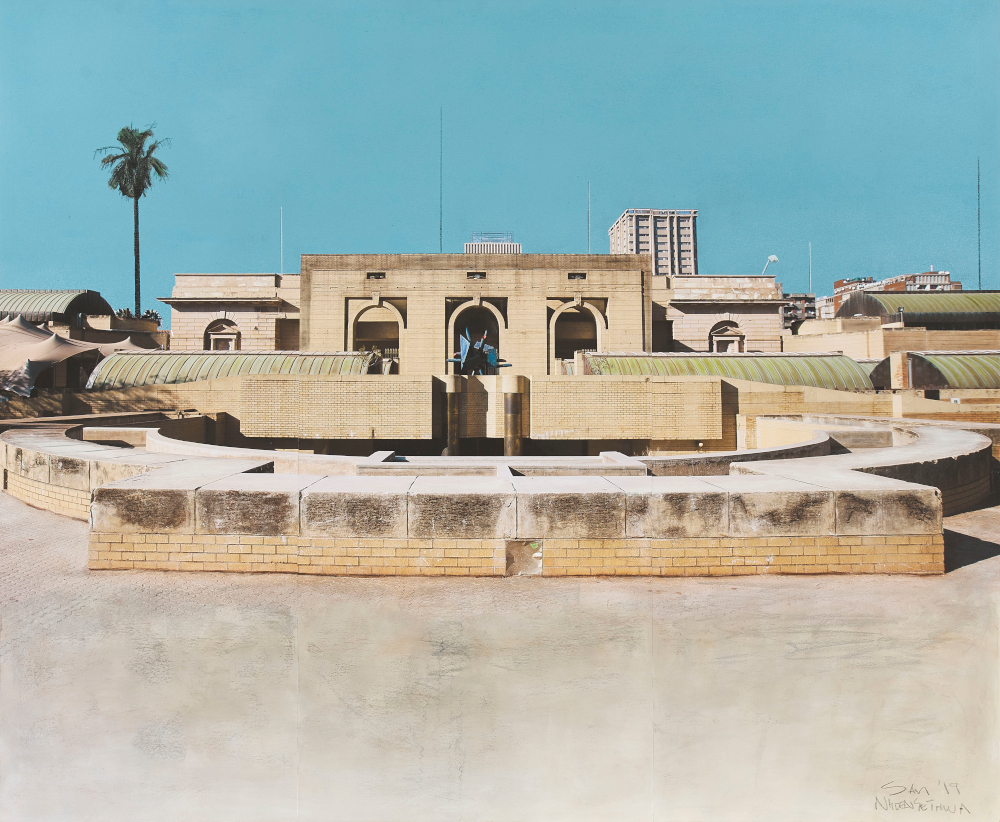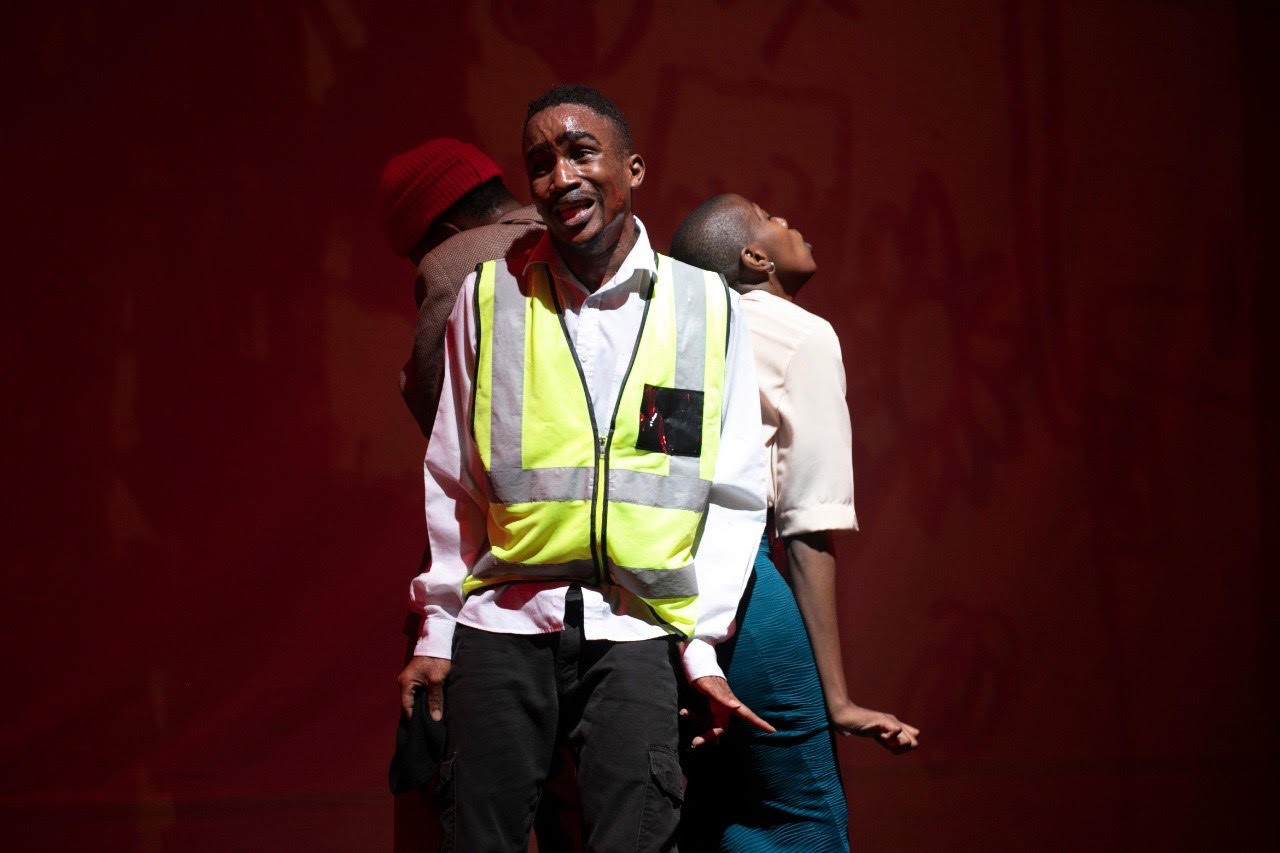Western films set in Africa are not African films. They make no attempt to represent authentic African stories, are created primarily for Western audiences and in the worst of ways, exploit Africa. Africans can do very little to prevent or alter these films because the economic capital they bring to the region is greater than there being no film at all. This is exactly what it means to be trapped in exploitation. We must accept the offense and appropriation of our identity for the little remuneration it provides. We rip our identities from the ground like diamonds, slaughter them and sell them to the West, still dripping in blood.
The storylines of these films represent traditional Western ideas. The languages, accents and cultures of the characters usually portrayed are undeniably Western. At the same time, there is a liberal use of African-like landscapes, which creates the major problem of appropriating an African setting with Western culture.
There are some films which have attempted to be genuine to African identity, but they suffer the consequences of not doing too well -- obviously. The incentives of major film studios is to make immense profit and that means that capital pushes films to appropriate, exploit and offend. The director of Blood Diamond, Edward Zwick, said just as much in an interview:
“I think the day at which serious fiction films at scale are made are long gone. I think that once the multinational corporations have taken over the major studios… that just went away.”
However, Zwick only touches the surface here. Blood Diamond itself was a film with a $100,000,000 budget distributed by the Warner Bros. This sort of film needed to make a lot of money and it was not going to do that by being a genuine African narrative. Blood Diamond is, after all, the formative frontrunner typical white-saviour film centred around Leonardo DiCaprio’s character, Danny Archer, literally saving Djimon Hounsou’s character, Solomon Vandy, from Black villains. It also includes a white journalist and humanitarian, Maddy Bowen (Jennifer Connelly), who serves as the moral compass of the film and is perhaps the true white saviour of the story.

Apart from money, there is the obvious arrogance of whiteness which has always inserted itself as the universal storyteller, much to the demise of any African narrative of integrity. Before a consideration of whether a film idea can make money is the very conception of that film idea. Here is where a Western storyteller thinks, “what about a film where a white person is the hero of a story about the helpless peril of Black Africans?” It is no coincidence that these stories centre whiteness. The intersection of capital and white gaze produces films that are shot in Africa, but are not African films.
Whiteness Needs Itself
Would District 9, reported as a gripping allegory of xenophobia and racism, have performed well if the lead actor, Sharlto Copley, was not white man? The film was the product of a white director, Neill Blomkamp and a prominent white producer, Peter Jackson. Jackson directed The Lord of the Rings trilogy. Would Jackson have supported this project if not for Blomkamp’s whiteness?
We can actually answer this. Peter Jackson himself admitted at the 2009 Comic Con that he supported Blomkamp’s film because Jackson liked a short film that Blomkamp had made called Alive in Joburg, which is a 6-minute film with a white narrator analysing xenophobia in South Africa, mostly by demonising how Black people viewed Zimbabwean migrants. The story was told from a white perspective and this is the film which attracted Jackson.

A Trio of Whiteness -- Neill Blomkamp (Director), Peter Jackson (Producer) and Sharlto Copley (Actor) of District 9.
For a long time, acclaimed South African films have been directed by white people. This extensive list includes
-Cry Freedom by Richard Attenborough,
-Tsotsi and A Reasonable Man by Gavin Hood,
-Sarafina!, Yesterday and Cry, The Beloved Country by Darrel Roodt
-Master Harold...and the Boys by Michael Lindsay-Hogg
-U-Carmen eKhayelitsha by Mark Dornford-May
-Invictus by Clint Eastwood
-Jerusalema by Raph Ziman
-Life, Above All by Oliver Schmitz
-Spud and iNumber Number by Donovan Marsh
-Mandela: Long Walk to Freedom by Justin Chadwick
-Chappie and District 9 by Neill Blomkamp
and more
These are some of South Africa’s most celebrated films stretching from The Gods Must Be Crazy by Jamie Uys in 1980 to Inxeba by John Trengrove in 2017. In terms of economic success and popular acclaim, these are the most well-known films in South African cinema history. Recently, we are starting to see more acclaimed films from Black (and/or People of Colour) directors such as Ian Gabriel (Four Corners), Mandla Dube (Kalushi), Kagiso Lediga (Catching Feelings), Nosipho Dumisa (Number 37), and Jahmil Qubeka (Sew The Winter To My Skin, Knuckle City).
But money is a game here (that these directors have to play well) as is the case of Nosipho Dumisa’s Blood & Water. How much freedom then do Black filmmakers have to make authentic film? Whiteness needs itself to be inserted into the image and be seen fully glorified and displayed at the very centre.
The Place, not the People
A major issue with Western films set in Africa is precisely that they are set in Africa, while maintaining a Western identity. The location serves no purpose other than setting. The continent becomes a substitute for an artificially-constructed set piece to be populated by the imaginations of Western writers and directors. More often than not, the characters and storylines maintain a particular Westernisation.
Tarzan, for instance, is not a story about African people, despite it being set in the offensively named “Jungle of Africa” In fact, Tarzan is quite literally a white man and voiced by a white man. The ensemble cast is all white too. The central storyline revolves around the inner conflict of Jane, a white womxn, and the clash of civilisations between the West and a Westernised white-washed interpretation of Africa -- but certainly not Africa.

This is a similar case for the Lion King. The storyline is borrowed from the West’s foremost playwright, William Shakespeare. The characters speak in the lingo of English aristocracy. The culture of the artificial kingdom echoes historical Western monarchy. Ironically, colourism is a defining feature of this kingdom wherein lighter lions possess power over darker lions. Despite trying to address this very issue in the sequel, the franchise instead opts to further villainise those darker lions and attempt to resolve deep socioeconomic differences through a love connection between the two groups -- which is, in respect, a typical Western Juliet and her Romeo romance trope. The Lion King is an extreme and needless exploitation of Kiswahili and African landscape but there is little Africa in the animation at all.
There is an entire category of “white saviour” films like Blood Diamond and Machine Gun Preacher which centre a white lead actor in an African narrative. They do this because these films would not make money if not for the star presence of Leonardo di Caprio or Gerard Butler. But they do this also because a group of white people pondered these films in the first place. They thought of developing a narrative of African suffering which is appeased by the bravado of a white Western man.
If there are African people involved in the production of the media, they are not primary decision-makers and serve only as an intermediary to access African material without giving much power to how that material is constructed into a story or related to the intentions of the decision-makers. A good example of this was John Kani’s submissive inclusion in decisions taken within Black Panther to incorporate some African cultures and isiXhosa in the films’ overarchingly Western narrative. The film is after all, a conflict of what to do about whiteness where the hero of the story outwardly proclaims conceding to and collaborating with Western institutions -- and wins.
Often, the inclusion of African culture is done in such a nonsensical manner that African people can quickly and easily point out inconsistencies, offensive notions and outright mischaracterisation. For instance, note the arbitrary amalgamation of multiple African cultures in Black Panther.

Under white gaze, Africa is one culture
It’s not enough to have one’s own story and simply hire some African people to help translate it. It is still, after all, a Western story that is exoticised by African material.
The Exotic Africa
Since the setting is usually one of the only contextually relevant references to the continent, this form of media must go out of its way to make it very clear that it is set in Africa. So they exaggerate places of significance within the region, only displaying what people already associate with the continent, thus reinforcing people’s existing beliefs. They also may display anything extreme enough to make people believe they aren’t looking at a place too familiar to them. They cannot show a regular and ordinary Africa because frankly, people won’t know that what they’re watching is indeed Africa at all if the setting is too familiar to their own location. Western media must make Africa seem as different as possible in order to warp into people’s misconceptions and prevent their disbelief.
Doing this means they are not showing Africa at all. Never mind the people, even the setting itself is just an isolated part of the continent, which is screened over and over again until Africa becomes nothing but the image of a Baobab tree growing before a mountain. Various African people and cultures do indeed exalt places of significance. But, we certainly don’t do so with appropriated meaninglessness as the West does and certainly not for similar reasons. There becomes a loss of symbolic identity for why we give more sentimentality to certain parts of the continent. Western media is not telling people that these locations are important to Africans. They’re saying these locations are all people need to know and are in effect, Africa. That completely erases them as places of significance. In order to be a place of significance, it must exist in comparison to regular, ordinary places of no significance. When something is all there is, it’s not important relative to anything and so its value is erased.
This erasure of value is also carried through the commodification of these settings. The purpose of using Africa as a setting is not to tell an authentic African experience, but rather to provide some variety to overused Western narratives. Take for example, an awful film called Blended, which in all respects represents no form of unique or interesting narrative, apart from just the fact that is set somewhere on the African continent. Adam Sandler’s character, Jim, meets Drew Barrymore’s character, Lauren, during an offensive immersion into some twisted Westernised interpretation of African culture at a South African wildlife preserve. Embarrassingly unfunny chaos ensues.
Interestingly, there is a large category of Western films that are set in South Africa, which is ironically the worst place to set a film if the objective is to set that film in an African context. These films include Safe House, The Dark Tower, Avengers: Age of Ultron and Mowgli: Legend of the Jungle. South Africa’s urban environment has suffered the greatest over-washing of indigenous culture and systems, replacing its identity almost entirely with westernised conceptions of living. In fact, visiting major urban cities in South Africa should for the most part feel very familiar for Western audiences. So, these films still represent a failure to capture a narrative of Africa. Its depiction of the continent is only through the lens of the parts of the region that have succumbed to the very same coloniality that Western film itself achieves. In some sense, many parts of Africa are not authentically African at all. They are the consequences of colonial identity.
For most of the films, the decision to shoot in Africa is entirely because it is cheaper to do so. South Africa cannot negotiate upward the costs of their location because these films only come to South Africa because it is cheaper here. We must either accept them shooting here or receive no money at all. We are, therefore, exploited by a film industry which knows we have little choice but to accept its use of us. For many of these films, Africa is not even a setting for the film. It is just a means to save money.
Overall, most films in Africa are not African films. They are Western films. And in fact, they are not even films in Africa. They are set in a fictional and offensive depiction of the continent or they are set in its colonial urban regions.
What To Do About This
But why is this the case? Why can’t we make films then that commit to authentic African narratives? The reality is that film is an expensive form of art. Unlike most other forms or art, one will struggle to make an industry-level film without certain costs. You can certainly produce audio-visual material with any sort of low-cost camera, but industry-level film is immensely expensive. These films are not financed or made by Africans for Africans. They are financed by the West and are screened predominantly for Western audiences. These are the audiences that can afford to finance these films due to their economic privilege. It can also explain the push to make films set in urban Africa because these films can be marketed at least to an African upper class minority.
This situation is not improving. Blockbuster films keep increasing their budgets and streaming services like Netflix continue to accelerate production value and aesthetic above narrative. In fact, we may have reached a tipping point. If a film does not achieve the expensive standards of modern cinema, it simply will not be watched, regardless of how powerful its narrative is.
There is no easy way to say that people have to watch cheaper films if they want to experience authentic films. Capital will always dilute the integrity of a film until its narrative only whispers behind the shout of a costly and entertaining audio-visual experience.
We need a movement that pushes an African cultural revolution. This has been seen before in the 20th Century, except in French cinema, through a movement called “cinéma vérité” which translates to “truth cinema”. It espoused a more documentary-like film style with natural action and emotive dialogue. A much-acclaimed film stemming from this cultural revolution is Mathieu Kassovitz’ La Haine. This black-and-white drama follows Vincent Cassel as Hanz as he tries to survive in a French banlieue (suburb) rife with violence, riot, crime and discrimination. The 1995 film is a masterpiece of cinema through its commentary of serious and unspoken structural racism and hatred in France.
Africa needs truth cinema if it is to mainstream its narratives. Some filmmakers have accepted this task. Most notable is Atlantique (Atlantics), a film by Mati Diop. This film is both a love story between Ada (Mame Bineta Sane) and Soulemain (Ibrahima Traoré) and commentary of youth and class struggles in modern Senegal. The film is shot in a documentary style, largely owing to Diop’s cinéma vérité roots.

Senegales actor Amadou Mbow (far-left) and French director Mati Diop (far-right) on the set of Atlantique.
Films like Atlantique and La Haine were still somewhat higher-budget films then what most filmmakers can access but they were successful despite their incorporation of authentic filmmaking. Younger and less resourced directors should deeply consider a new cultural movement which cuts out entirely the need for a studio and its associated whiteness.
It is through the act of being authentic to ourselves and our circumstances that we emerge from our silence and begin to tell our stories. For decades, we have allowed the West to tell our stories. Africa’s burgeoning film industry is still colonised in the sense that it relies too heavily on capital and whiteness to produce. I hope for a future where we construct narratives independently, create freely, escape the Conradian Heart of Darkness and discover our authentic African selves reflected in authentic African film.

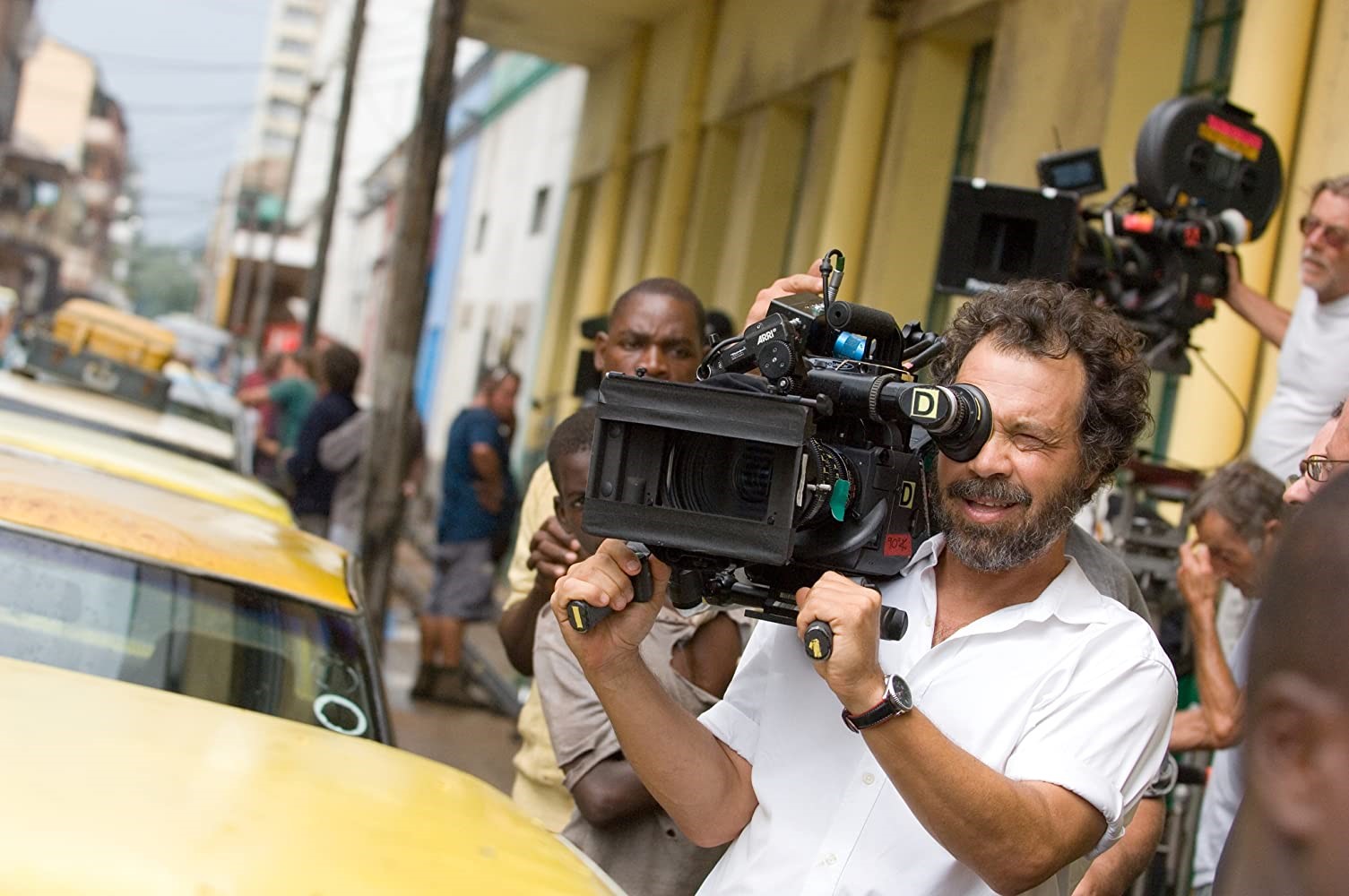
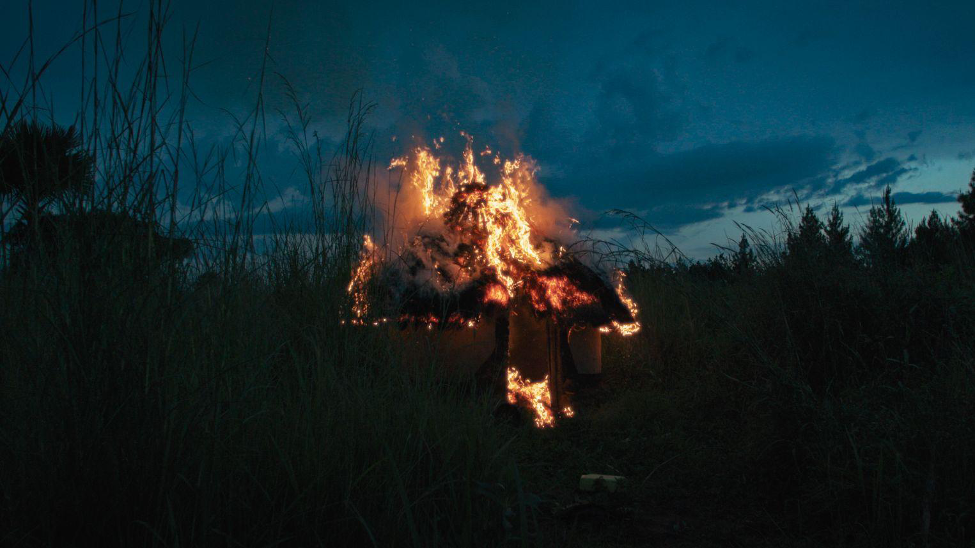
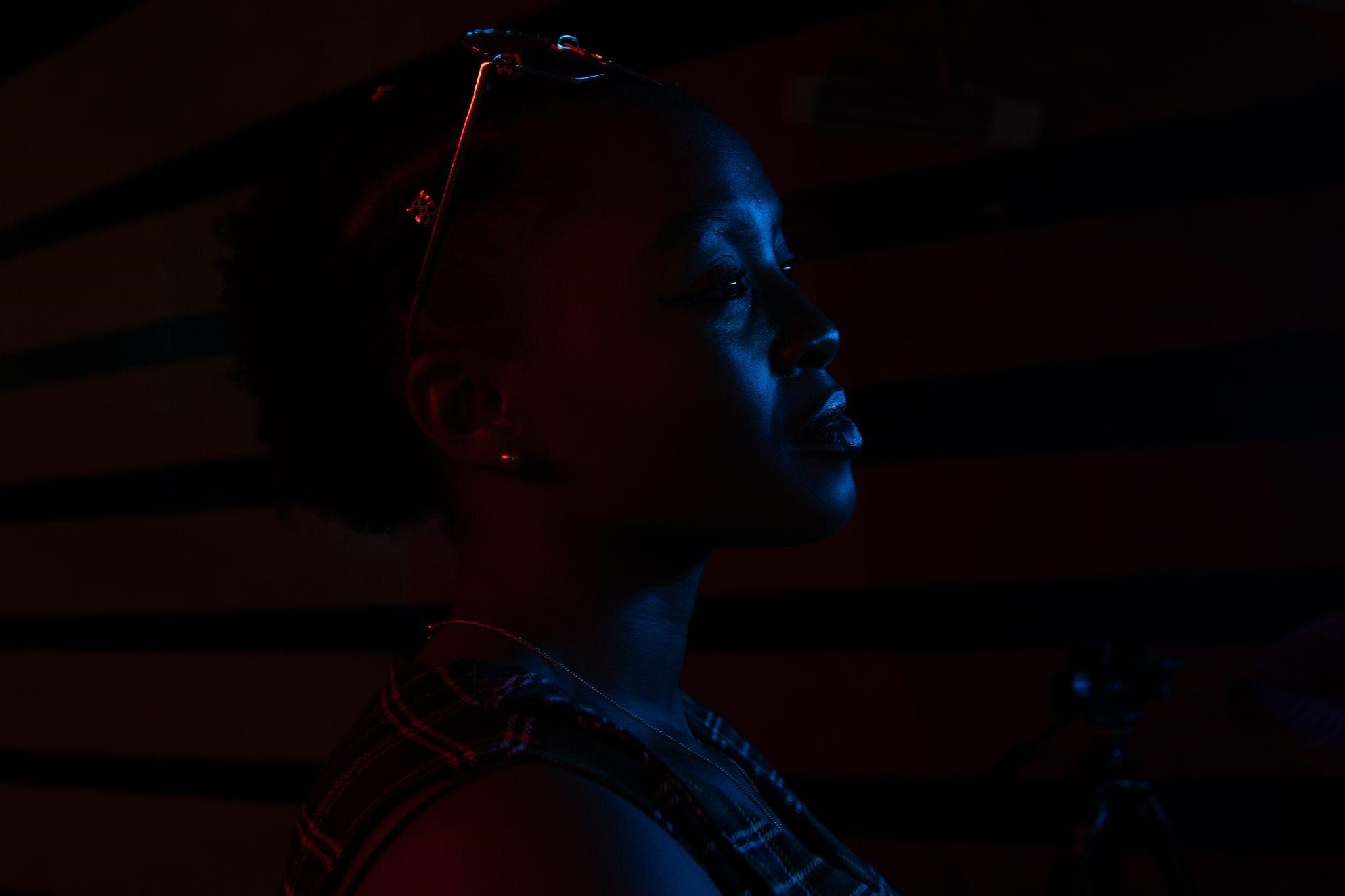


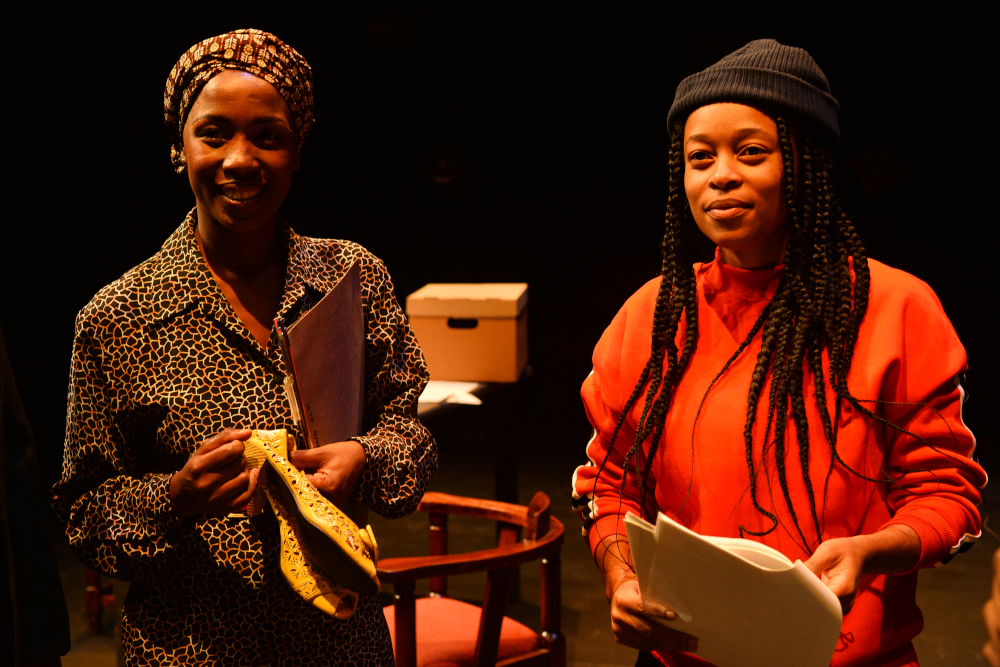
![1976 [Part2]](assets/images/1976.jpg)
